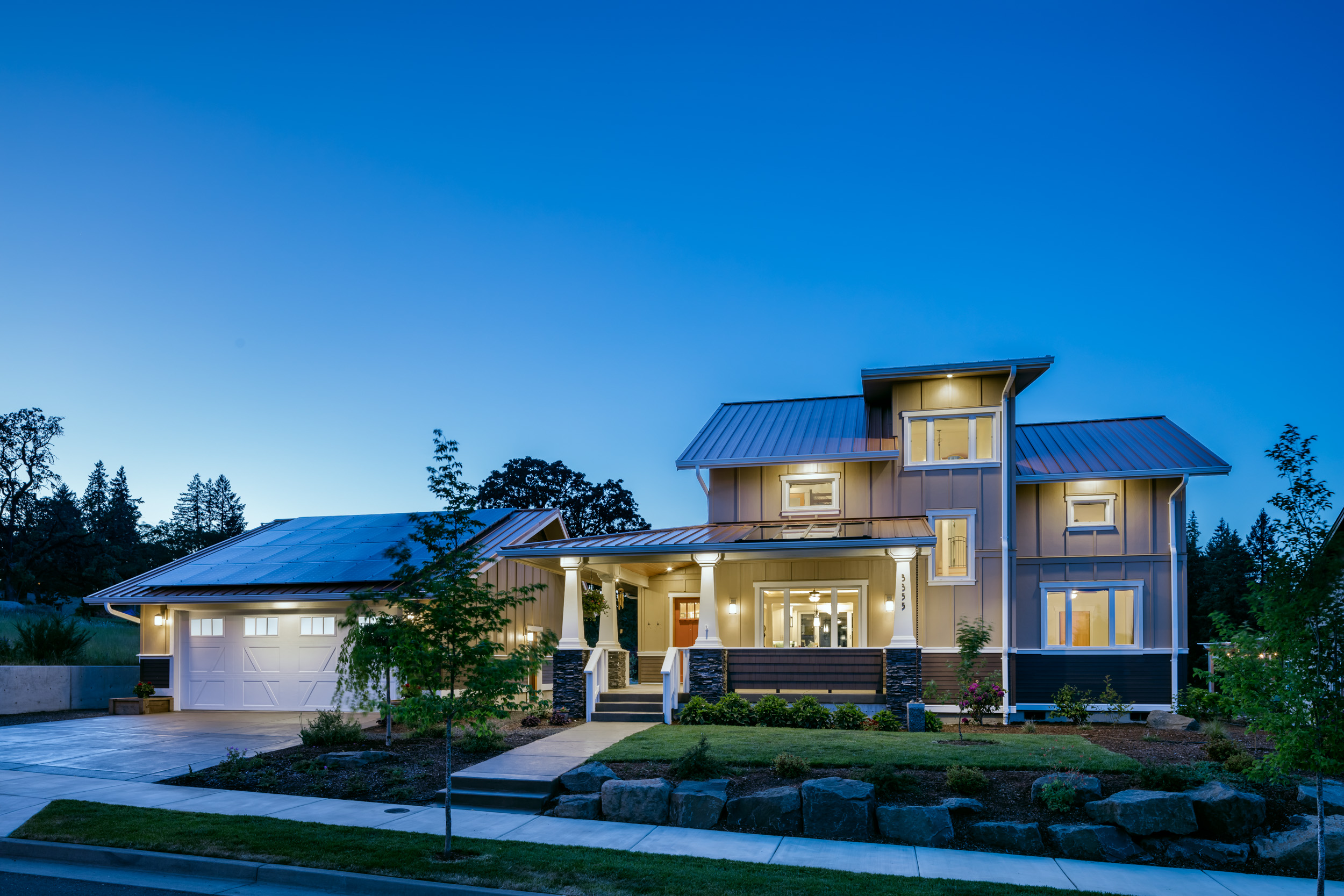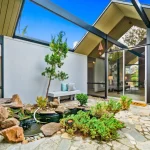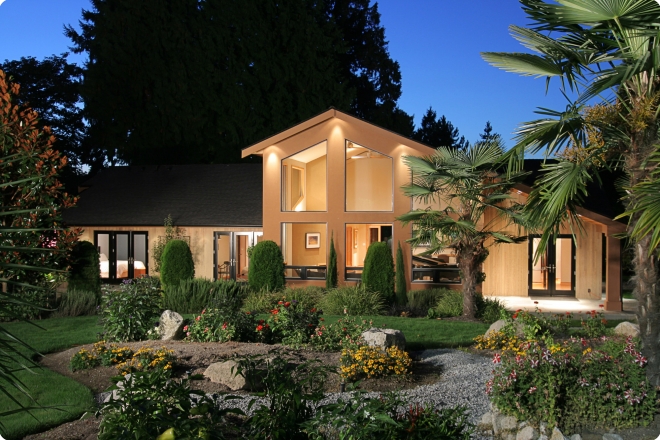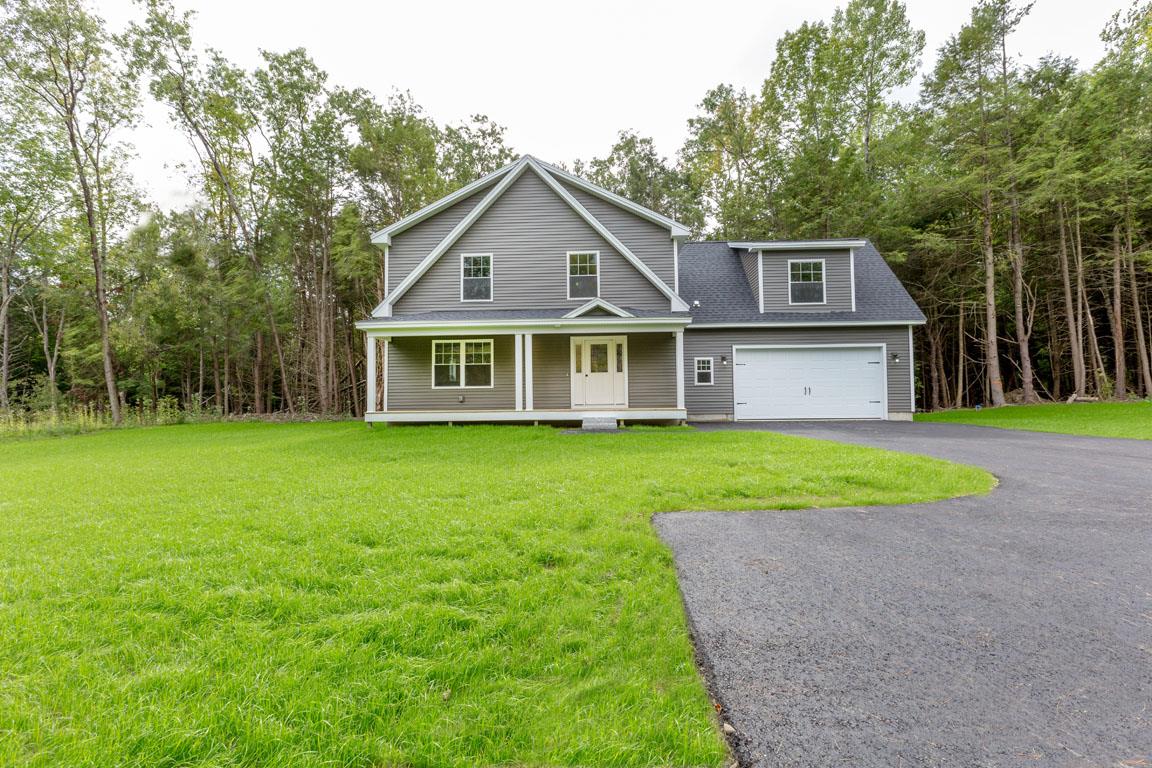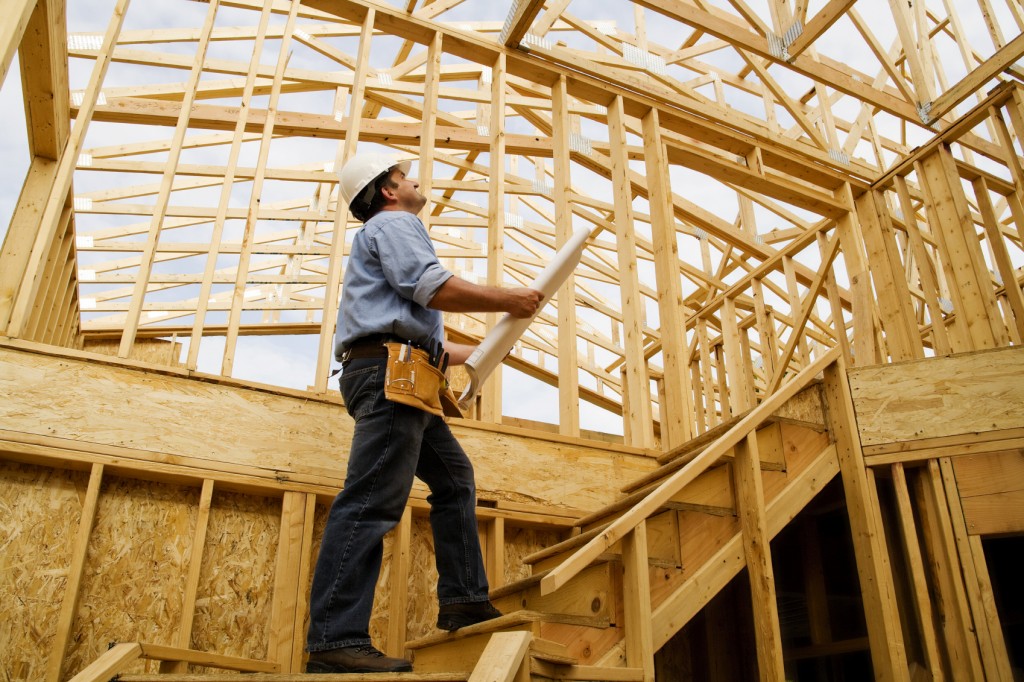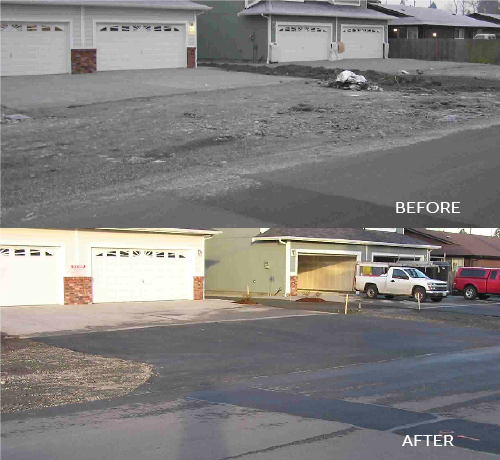Oregon homeowners are feeling the pinch. Energy rates have jumped 26% since 2020, with residential customers seeing a staggering 30% increase. Pacific Power alone hiked rates by 9.8% in 2025, following previous increases of 12.9%, 21%, and 15% over the past three years. But here’s the thing—smart design choices can turn these rising costs into savings opportunities.
Local custom home builders in McMinnville understand that building efficiently from the ground up costs far less than retrofitting later. The key lies in understanding Oregon’s unique climate challenges and designing homes that work with nature, not against it.
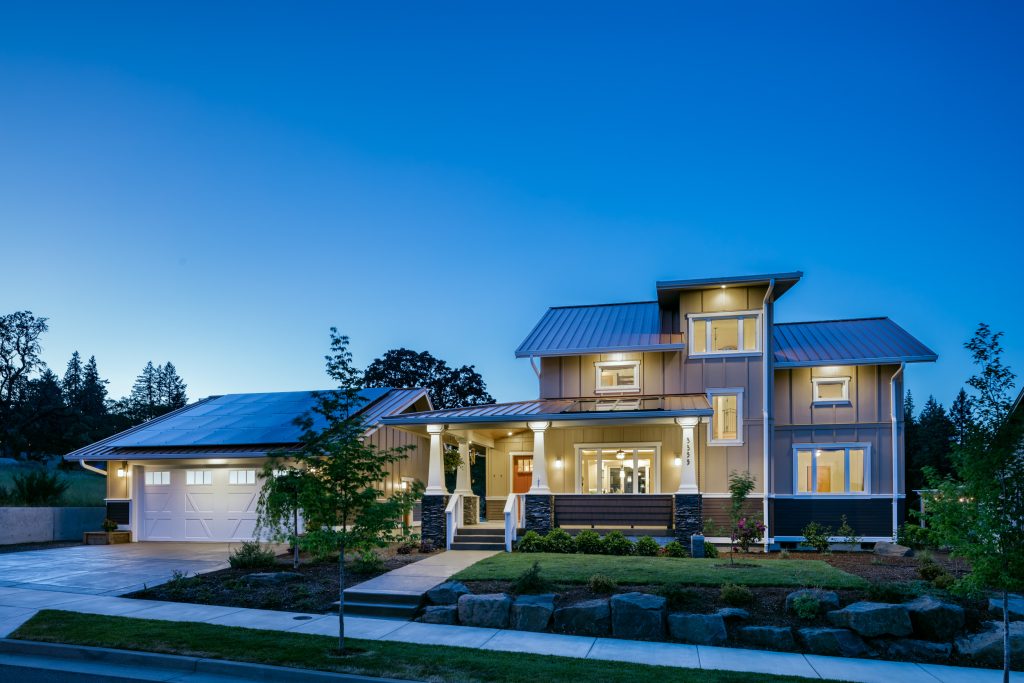
Content
Why Oregon’s Climate Demands Smart Design
Oregon’s weather patterns create specific energy challenges that generic building approaches simply can’t handle effectively. The Pacific Northwest’s cool, wet winters demand efficient heating systems, while increasingly hot summers and wildfire smoke require thoughtful cooling and air quality solutions.
The state classifies most residential areas as Zone 4 for insulation requirements, meaning homes need higher R-values than many other regions. High humidity levels throughout much of the year also affect indoor air quality, making proper ventilation systems more than just a luxury—they’re a necessity.
Building the Efficiency Foundation
The most dramatic energy savings start with the building envelope. One Oregon LEED Platinum home designed by Green Hammer demonstrates what’s possible—it’s expected to be four to five times more efficient than comparable homes. This rectangular, north-facing home on a steep slope overcame challenging site conditions through strategic use of structural insulated panels, triple-pane Unilux windows, and a Zehnder heat recovery ventilation system.
Advanced Insulation Systems make the biggest difference. Structural Insulated Panels (SIPs) create continuous insulation with minimal thermal bridging. Spray foam insulation, while more expensive upfront, creates an airtight seal that can reduce energy bills by up to 20%. For Oregon’s Zone 4 requirements, proper R-values mean R-49 in attics, R-21 in walls, and R-25 in floors.
High-Performance Windows deserve special attention. Triple-pane windows with low-E coatings and gas fills perform exceptionally well in Oregon’s moderate climate. Strategic placement allows passive solar gain during winter months while preventing overheating in summer.
Smart HVAC Solutions That Actually Work
Heat pumps excel in Oregon’s moderate climate, operating at 300% efficiency compared to traditional heating systems’ 90-95% efficiency. Modern heat pumps provide both heating and cooling capabilities, eliminating the need for separate systems. Variable speed compressors further enhance efficiency by adjusting output to actual demand rather than cycling on and off.
Heat Recovery Ventilation (HRV) systems address Oregon’s humidity challenges while maintaining energy efficiency. These systems exchange stale indoor air with fresh outdoor air while recovering heat from the outgoing airstream. During wildfire season, HRV systems can be paired with high-quality filters to maintain indoor air quality without opening windows.
Smart HVAC controls take efficiency further. Modern systems can read temperature, humidity, CO2 levels, and static duct pressure, making automatic adjustments to maximize performance. Integration with window sensors prevents energy waste when windows are open, while motion sensors can activate systems only when spaces are occupied.
Renewable Energy Integration
Solar power makes financial sense in Oregon despite relatively low electricity rates. The average Oregon homeowner needs an 11.94 kW system costing $22,261 after the federal tax credit, with 25-year savings of $49,851 and a 9-year payback period. Net metering allows homeowners to sell excess power back to the grid, further improving returns.
Battery storage systems paired with solar provide backup power during outages while optimizing energy usage during peak demand periods. Some innovative Oregon builders integrate micro-hydro systems for properties with water features or small wind systems where appropriate.
Water Efficiency Beyond the Basics
Oregon builders have pioneered comprehensive water management approaches. Rainwater harvesting systems capture and filter precipitation for irrigation and non-potable household uses. Rain gardens and bioswales naturally filter stormwater while reducing runoff.
Tankless water heaters provide on-demand efficiency, while heat pump water heaters qualify for additional rebates. Solar water heating integration can further reduce energy costs for hot water production.
Smart Technology for Real-Time Optimization
Smart home technology allows real-time energy monitoring and optimization. The Oregon LEED Platinum home includes sensors on all electrical outlets that notify residents of energy usage patterns. This real-time feedback helps homeowners adjust consumption habits for maximum efficiency.
Integrated energy management systems coordinate between smart appliances, HVAC systems, and renewable energy generation. Automated systems adjust to occupancy patterns and weather conditions, optimizing energy usage without sacrificing comfort.
Financial Incentives Make It Affordable
Federal and state programs significantly reduce upfront costs. The 30% federal solar tax credit (ITC) applies to solar installations, while Oregon’s HOME Program offers up to $10,000 for projects achieving 20% or greater energy savings. The HEAR Program provides up to $14,000 for low-moderate income households.
Local utilities offer additional rebates. PGE and Pacific Power provide efficiency program incentives, while consumer-owned utilities often have their own programs. A new $113 million program specifically targets heat pump installations with substantial rebates.
Working with the Right Builder
Talan Warden Construction has built energy-efficient homes featuring high-performance insulation and air sealing that reduce energy bills by up to 20%. Their designs include eco-friendly features like solar panels, low-flow fixtures, and high-efficiency appliances that create healthier living environments while maintaining luxury amenities.
The key is finding builders with experience in energy-efficient construction who understand local rebate programs and can integrate efficiency features from the planning stage. Look for contractors familiar with Oregon’s specific climate challenges and building codes.
Energy-efficient custom homes represent more than just lower utility bills—they’re investments in comfort, health, and long-term value. With rising energy costs and increasing focus on sustainability, these features will only become more valuable over time. The question isn’t whether you can afford to build efficiently; it’s whether you can afford not to.

Christine Kelley is a dedicated home blogger who has been blogging for over six years. She covers everything home related. Christine also loves writing posts about her travels to Europe with her husband and two children.

